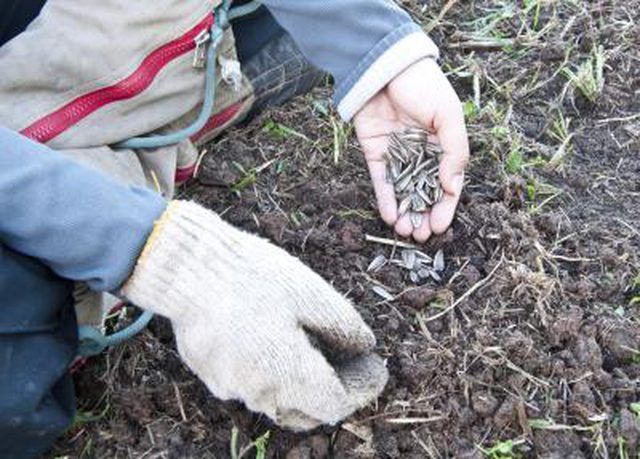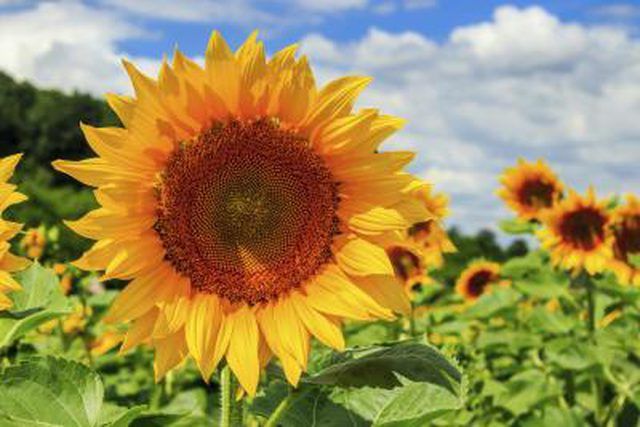Bulbs
Flower Basics
Flower Beds & Specialty Gardens
Flower Garden
Garden Furniture
Garden Gnomes
Garden Seeds
Garden Sheds
Garden Statues
Garden Tools & Supplies
Gardening Basics
Green & Organic
Groundcovers & Vines
Growing Annuals
Growing Basil
Growing Beans
Growing Berries
Growing Blueberries
Growing Cactus
Growing Corn
Growing Cotton
Growing Edibles
Growing Flowers
Growing Garlic
Growing Grapes
Growing Grass
Growing Herbs
Growing Jasmine
Growing Mint
Growing Mushrooms
Orchids
Growing Peanuts
Growing Perennials
Growing Plants
Growing Rosemary
Growing Roses
Growing Strawberries
Growing Sunflowers
Growing Thyme
Growing Tomatoes
Growing Tulips
Growing Vegetables
Herb Basics
Herb Garden
Indoor Growing
Landscaping Basics
Landscaping Patios
Landscaping Plants
Landscaping Shrubs
Landscaping Trees
Landscaping Walks & Pathways
Lawn Basics
Lawn Maintenance
Lawn Mowers
Lawn Ornaments
Lawn Planting
Lawn Tools
Outdoor Growing
Overall Landscape Planning
Pests, Weeds & Problems
Plant Basics
Rock Garden
Rose Garden
Shrubs
Soil
Specialty Gardens
Trees
Vegetable Garden
Yard Maintenance
What Are the Stages of Sunflower Growth?
What Are the Stages of Sunflower Growth?. What we commonly refer to as a sunflower seed, the black-and-white hard-shelled item we often snack on, is referred to as the achene (fruit). The fruit wall is the shell, and the softer inner piece is the real seed. The seed contains more nutrients than its small size might indicate. From fiber and protein,...
What we commonly refer to as a sunflower seed, the black-and-white hard-shelled item we often snack on, is referred to as the achene (fruit). The fruit wall is the shell, and the softer inner piece is the real seed.
The seed contains more nutrients than its small size might indicate. From fiber and protein, to unsaturated fats, zinc, iron and Vitamin A, Vitamin D, Vitamin E and Vitamin B complex, all can be found in the unassuming sunflower seed.
To start your seed on its path to full-grown sunflower, the seed needs to be planted in a sunny spot where it will receive full sun all day. It will tolerate many types of soil conditions, but it will not do well in shade or even partial shade. Keep the soil moist, but not soggy. Once it begins to grow, dry conditions will cause it to wither and die.

Once the growing conditions have been met and maintained, the seed will germinate and begin to grow into its next stage, the sprout. This stage is short as it quickly matures into a seedling.
Note: Many people soak their sunflower seeds in water just until they sprout. This in itself is an edible food known as "sprouts." Similar to alfalfa sprouts, they are eaten as is, or added to salads, sandwiches and meat dishes. Referred to as a living food, the sunflower sprouts are highly nutritious and have fewer calories than the seeds themselves, but more of the vitamins and supplements of the dry seed.

All the parts of a sunflower have a further use. The leaves and stems are used as animal fodder. The yellow flowers are used to make dye, while the seeds can be compressed for their oil, which is comparative to olive or almond oil. The oil sees further uses as a lubricant, and in soaps and paints. The seeds, as we all know, make a great snack.
